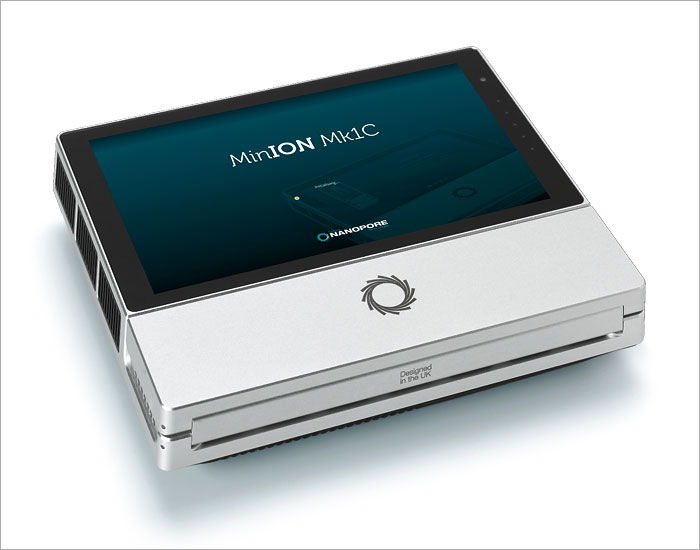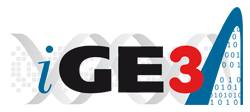Technologies
Next Gen Sequencing (NGS)
Illumina
The Genomics Platform is equipped with the NovaSeq 6000 from Illumina.
This highly robust and accurate sequencing platform is based on massively parallel sequencing of million of reads using proprietary reversible terminator-based sequencing chemistry (see method description in Illumina website).
The system enables sequencing of 100 to 250 bases from one end (single read; SR) or both ends (paired-end; PE) of DNA inserts.
Oxford Nanopore Technologies
The Platform is also equipped with the MinION Mk1C of Oxford Nanopore Technologies. This portable device for real-time DNA and RNA sequencing generates ultra-long reads (longest > 4 Mb) while keeping bases modification information.
This nanopore based sequencing system allows direct sequencing (without amplification or cDNA preparation) if needed.
Applications
- RNA-seq: mRNA, non coding RNA, small RNA profiling. Isoforms, splice variants and fusion transcripts analysis.
mRNA-seq from single-cell is also available, allowing the identification of cell-to-cell differences within a population of cells. High-throughput analysis is available with the Chromium Controller system of 10x Genomics. - DNA-seq: genome assembly, re-sequencing (whole genome, exome or targeted -seq), structural variants identification.
- ChIP-seq
- ATAC-seq
- Direct detection of DNA and RNA modifications
- 4C & HiC-seq
- ...
Before bringing samples to the Platform, please submit them in the genomics Laboratory Information Management System (LIMS) to help sample processing, monitoring and data retrieval.
Illumina NovaSeq 6000
We are grateful to the Société
Académique de Genève for its support.
Photo Illumina
Oxford Nanopore Technologies
MinION Mk1C
Photo ONT



